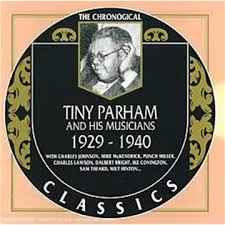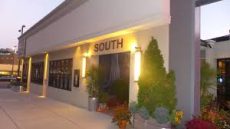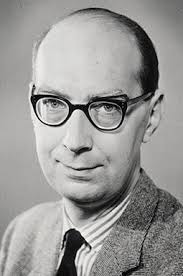
Daily Dose Of Jazz…
Guy Edgar Kelly was born in Scotlandville, Louisiana on November 22, 1906. In his early career he performed in Baton Rouge, Louisiana with a band led by Toots Johnson before going to New Orleans, Louisiana to play in Papa Celestin’s band in 1927-1928. While residing there he would regularly perform in trumpet duels with Red Allen.
In 1929 he went on tour as a member of Kid Howard’s band, and then joined Boyd Atkins’s band in the summer of 1930. By 1931 Kelly had moved to Chicago, Illinois where he was working with Cassino Simpson and Erskine Tate.
In the 1930s he worked with banjoist Ed Carry, pianists Dave Peyton, Tiny Parham, Albert Ammons, violinist Carroll Dickerson, and clarinetist Jimmie Noone,. Guy appears on the Noone classic composition The Blues Jumped A Rabbit, recorded Chicago on January 15, 1936.
Trumpeter and singer Guy Kelly died February 24, 1940.

The Jazz Voyager
From Ann Arbor to the City of Brotherly Love is the travel plan for this Jazz Voyager as I head to Avenue of the Arts where culture and jazz lives. This trip is offering up a two-fer platter of entertainment at South Jazz Kitchen. Serving up elevated comfort food rooted in the food of the south for soul-satisfying dishes.
This Thursday I will be in the company of vocalist, songwriter, producer, musical theater actress and radio host Lori Williams who will be taking the stage. A layover is also going to have me returning to the club on Friday to give me the pleasure of seeing for the first time another amazing vocalist Sy Smith in person.
South Jazz Kitchen is located at 600 N. Broad Street Philadelphia, PA 19130. For more information visit southjazzkitchen.com.
More Posts: adventure,club,genius,jazz,music,piano,preserving,travel,vocal

Daily Dose Of Jazz…
Francesca Tanksley was born November 21, 1957 in Vincenza, Italy but grew up in Munich, Germany where she studied music from the age of seven. Moving to Boston, Massachusetts at 16, she studied piano and composition at Berklee College Of Music.
Two years later she returned to Munich. In 1980 she moved to New York City where she worked with Melba Liston until 1983, then she joined Billy Harper’s quintet with whom she toured extensively.
She has worked with Clifford Jordan, Cecil Payne, Bill Hardman and Erica Lindsay. She leads her own quintet and co-leads the Erica Lindsay/ Howard Johnson Quintet. As an educator she has been on the faculty of the New School, Berklee College. She has facilitated workshops and masterclasses at University of Southern California at Santa Cruz, Hampton University, Rensselaer Polytechnical Institute, Arizona State University, and Bard College.
Pianist Francesca Tanksley, who is a composer and educator, continues to perform and compose.
More Posts: composer,educator,history,instrumental,jazz,music,piano

Daily Dose Of Jazz…
Scot Albertson was born on November 20, 1957 and raised in Norwalk, Connecticut. Early childhood saw him as a choir member of the Little Singers of Norwalk and would travel, sing and compete internationally with the choir for six years. After graduating college he served for six years as a police officer segueing for a year in Arizona on border patrol. Returning to Connecticut he started a very successful small business which sustained his lifestyle for nineteen years.
In 2000 he began taking vocal lessons with Richard Lissemore in New York City. Four and one half years later after intensive study, Scot released his debut album titled Got A Date With Fate with bassist Mark Egan, drummer Danny Gottlieb and producer, composer and pianist Jon Werking. Showcasing the music in 2005 at Danny’s Skylight Cabaret Room in New York City began his life as a career performer.
Since his debut performance, vocalist Scot Albertson has gone on to continue to perform around the city and metropolitan area.
More Posts: bandleader,history,instrumental,jazz,music,vocal

Jazz Poems
FOR SIDNEY BECHET
That note you hold, narrowing and rising, shakes
Like New Orleans reflected on the water,
And in all ears appropriate falsehood wakes,
Building for some a legendary Quarter
Of balconies, flower-baskets and quadrilles,
Everyone making love and going shares–
Oh, play that thing! Mute glorious Storyvilles
Others may license, grouping round their chairs
Sporting-house girls like circus tigers (priced
Far above rubies) to pretend their fads,
While scholars manqués nod around unnoticed
Wrapped up in personnels like old plaids.
On me your voice falls as they say love should,
Like an enormous yes. My Crescent City
Is where your speech alone is understood,
And greeted as the natural noise of good,
Scattering long-haired grief and scored pity.
PHILIP LARKIN
from Jazz Poems ~ Selected and Edited by Kevin Young
More Posts: book,classic,collectible,history,jazz,library,poet




